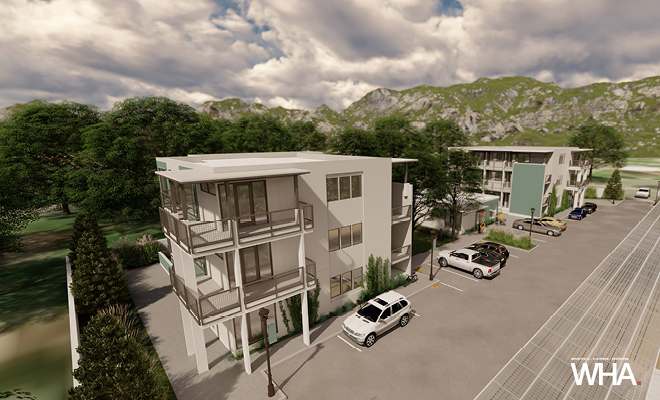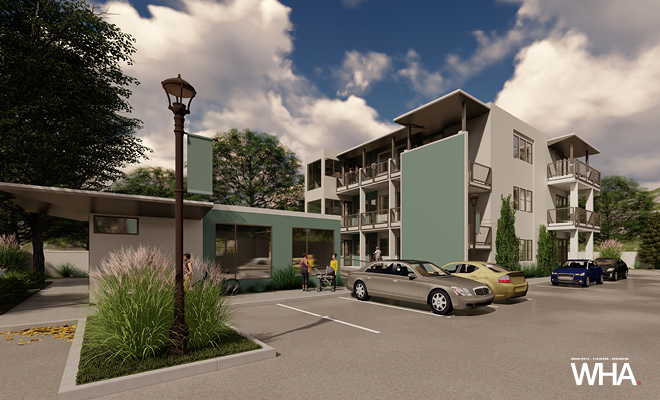Off-Site Construction: It’s About Time

We know the demand for housing is great, yet meeting this demand has been difficult due to dramatic increases in the cost of everything from the land, materials (especially those impacted by foreign tariffs), entitlement and impact fees, interest rate increases, and the rising costs of labor due to the supply shortage. In the search for cost-effective solutions, we’ve tried everything to squeeze more units on a site, use efficient framing techniques, create innovative parking solutions, and more, but must still contend with these overriding issues. It seems there is only one variable remaining that a developer can control that can significantly impact a project’s cost: Time.
Off-site construction isn’t new. Between 1908 and 1940, Sears sold more than 70,000 kit homes with pre-cut lumber and all the attributes of a home including central heating, indoor plumbing, and electrical equipment shipped in a boxcar to be assembled by the homeowner. In recent years, several firms have formed to advance these ideas to the modern age, with state-of-the-art factories that produce components or entire living modules in a climate-controlled assembly line where construction can proceed year-round, with computer-assisted quality control, efficient framing and waste control.
Modular homes have overcome the negative impression of “mobile homes” by focusing on quality design and construction. Some new modulars look like conventional homes such that Warren Buffett’s Clayton Homes, now manufactured housing’s No. 1 player, has quickly become a top 20 homebuilder in just five years.
Some of the initial new modular builders focused only on the luxury second-home market, where building is difficult, in remote locations. Today, there are more with a focus on the multi-family segment where scale makes sense for modular production. Katerra of Menlo Park seeks to optimize every aspect of building design, materials supply and construction with a soup-to-nuts approach focused on components and standardization. FactoryOS in the Bay Area, Kasita in Texas, and Blokable of Seattle create modules that can be stacked and organized into larger multi-family buildings on-site.

WHA has been working closely with Blokable on several innovative modular projects. Their “Bloks” feature all-steel construction and arrive at the site nearly finished, individually water-proofed, requiring only loading onto foundations, quick plumbing connections, and finishing of the exterior rainscreen and site features to complete the affordable / workforce housing solutions. They dramatically cut the cost of housing with highly-durable materials focusing on healthful living, energy and water conservation, low long-term maintenance, and by saving time. Our current projects range from two- to six-stories with highly variable exterior aesthetics to fit specific contexts. The first, for Caritas Communities, has been submitted to the City of Napa for planning approval and it is anticipated to have move-ins by year end.
The world has changed dramatically, even in the past ten years, with computers, robotics, smartphones, electric cars, home automation, etc. Yet, homebuilding has been slow to accept change. Off-site/modular construction may transform the industry. Maybe now is the time.




Leave a Reply